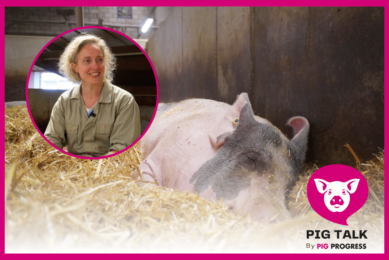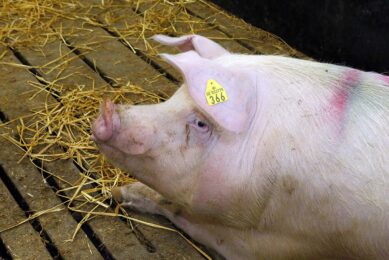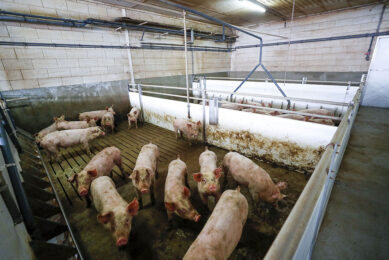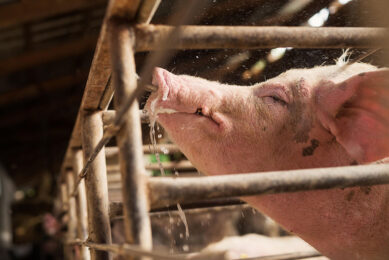Don’t spoil pigs too much
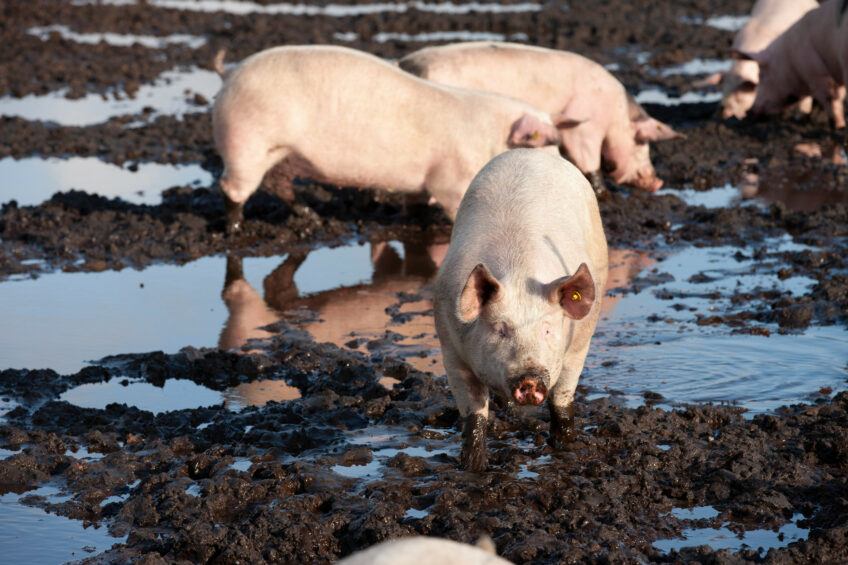
Pigs are remarkably adaptable and very versatile, writes welfare and production expert Dr Irene Camerlink. That is a characteristic the swine industry would have to embrace more – and not spoil them too much. This column reflects her presentation at the recent edition of ESPHM, held in Bern, Switzerland, in May 2025.
A paradox
Pigs can be found on nearly every continent. While young piglets can easily become hypothermic, and adult pigs quickly suffer from heat stress, pigs do survive and reproduce prolifically in the wild even under extreme climates. This shows the adaptability of wild pigs to a wide range of temperatures.
Despite this, both heat stress and cold stress are serious welfare concerns in commercial pig farming, and buildings are carefully regulated to maintain a relatively constant temperature per age category. This presents a paradox, whereby pigs as a species can cope successfully with extreme temperatures when given the opportunity for behavioural thermoregulation, but whereby commercial pig farms are struggling to negate the negative consequences of thermal stress.
This raises the question whether attempts to keep commercial pigs at a set ‘optimum’ in a predetermined thermoneutral zone to achieve maximum productivity is actually most beneficial in terms of animal welfare and farm economics.
Adaptation to climates
Adaptation occurs when animals are exposed to environmental challenges – such as high or low temperatures – but have the opportunity to adjust their behaviour and physiology in response, thereby increasing their chances of survival during future events. Through exposure to temperature extremes they learn to adapt to a variety of circumstances.
When possible, pigs also make use of micro-climates to thermoregulate, thereby avoiding constant exposure. For example, they seek shade and wallow during the heat and huddle when cold. Always being in the same comfortable temperature range does not allow animals to adapt to a wider range of conditions. Simply said, being too comfortable makes one weak. Therefore, when the temperature suddenly goes up during a heat wave, the “spoiled” indoor pigs will suffer more.
Introducing temperature zones and fluctuations
Temperature (and light) fluctuations within and between days are important indicators for pigs to maintain their biological rhythms, including their circadian rhythm. This also influences their activity and feeding pattern. Allowing the ambient temperature in indoor housing to reflect a more natural situation by introducing temperature fluctuations and micro-climates may offer animals choice to self-regulate their needs for optimum health and to adapt to thermal variation.
One option is to introduce temperature extremes that are too brief to affect productivity but long enough to trigger an adaptive response, similar to how humans benefit from a hot sauna or cold shower. Housing elements that create micro-climates, such as covered creep areas, kennels and straw, have largely disappeared in favour of systems that are easy to manage and disinfect. However, it may be worthwhile to reconsider these to allow different temperature zones. Allowing the temperature to drop at night may give a buffer for hot daytimes, as long as draft of cold air is avoided.
Bracing for more heat to come
With the unpredictability in climatic events, as well as high energy prices and water scarcity, the pig sector will need to consider more sustainable alternatives for temperature management.
It is therefore worthwhile to explore methods that provide pigs with a better adaptation to climate extremes (either through breeding or management) and to investigate the use of micro-climates rather than to heat or cool a whole building.



